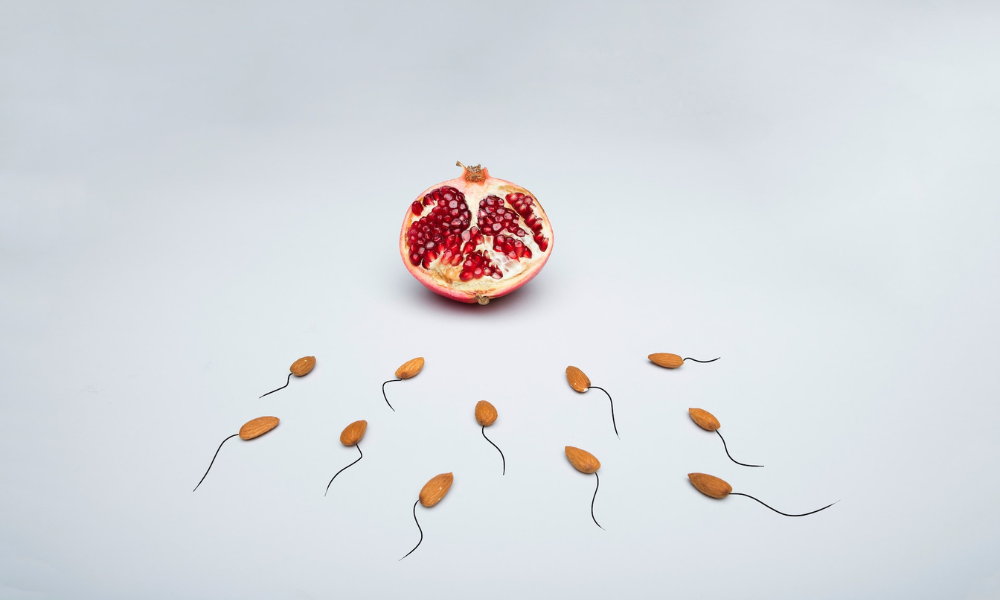It’s normal to feel both excited and anxious when you first begin the IVF process. Many couples try IVF after unsuccessful attempts at conceiving naturally. It could have been months since you first tried to have a baby. Or for a considerable amount of time, perhaps even years. That said, it’s not always the case. Starting IVF treatment is sometimes recommended by doctors. Consult with any of the best gynaecologists in Trivandrum and ask about the cause of your infertility, infertility treatment options you have , treatment procedure before undergoing the infertility treatment. Knowing what’s going to happen next will make you feel more confident. This detailed article explaining the process of IVF will guide you through the process and teach you where to begin, despite the fact that the procedure used by each facility and the specific needs of each patient will vary.
The IVF Process
Preparing for IVF
Preparing for IVF can be an emotional and challenging process. Before starting the treatment, it’s important to discuss any concerns or questions with your doctor. They will evaluate your medical history and perform some tests to determine if you’re a good candidate for IVF.
Once you’ve been cleared for treatment, you’ll likely undergo fertility medication to stimulate egg production in your ovaries. These medications may include injections or oral pills that need to be taken at specific times each day. Your doctor will provide detailed instructions on how and when to take them. Preparing for IVF requires patience, commitment, and support from loved ones—both emotionally and physically—but ultimately holds the potential to bring new life into this world!
The Egg Retrieval Procedure
The egg retrieval procedure is a crucial step in the process of IVF. It involves collecting mature eggs from the ovaries to be fertilized with sperm in the lab. Before this procedure, patients are usually given medication to stimulate their ovaries and increase the number of follicles containing eggs.
On the day of egg retrieval, patients will be sedated or placed under anaesthesia for comfort during the procedure. The doctor uses an ultrasound-guided needle to collect fluid and eggs from each follicle through the vaginal wall. Afterwards, patients may experience some cramping or discomfort similar to menstrual cramps, but it typically goes away within a few hours. It’s essential to rest after this procedure and avoid strenuous activities for a few days.
The Insemination Process
In the IVF process, the insemination step is crucial. After retrieving the eggs from the ovaries, they are combined with sperm in a dish for fertilisation to occur. The sperm can be obtained through different methods, such as ejaculation or testicular biopsy. The best quality and motility of sperm are selected for insemination to increase the chances of successful fertilisation.
Once the eggs and sperm are combined in a culture dish, they are kept under specific conditions that mimic those present within the female reproductive tract. This ensures optimal fertilisation rates. After 18–24 hours following insemination, embryologists will check each egg to determine whether it has been successfully fertilised. Those that have been fertilised undergo further monitoring until they develop into embryos ready for transfer into the uterus.
The Embryo Transfer Procedure
The embryo transfer procedure is a critical step in the IVF process. After successful fertilisation and embryo development, the embryos are transferred to the uterus. Before the embryo transfer, patients will usually undergo hormone therapy to prepare their uterine lining for implantation. The doctor will then determine how many embryos to transfer based on factors such as age and medical history.
During the actual transfer procedure, a small catheter is used to carefully place each embryo into the uterus through the cervix. This process is typically painless and doesn’t require anaesthesia. Afterwards, patients may be advised to rest for a short period before going home. They may also be given instructions regarding activity restrictions or medication schedules.
The Pregnancy Test
After the embryo transfer procedure, patients will be advised to rest for a while before heading home. In about two weeks’ time, they are then required to take a pregnancy test in order to determine whether the IVF cycle was successful or not. The pregnancy test is typically conducted using urine samples that can detect the presence of human chorionic gonadotropin (hCG). This hormone is produced by cells that form around the fertilized egg and serves as an indicator of pregnancy. While some women may choose to take a home pregnancy test, most clinics require their patients to come in for blood work in order to get more accurate results.
Conclusion
IVF is a long and challenging process, but the results are worth it for couples who are having trouble conceiving. The process of in vitro fertilisation (IVF) is one that, at first glance, can appear daunting. However, you can feel more at ease with the procedure if you familiarise yourself with the many processes involved. Although not all in vitro fertilisation (IVF) attempts are successful, advances in medical understanding and technology have allowed many couples to realise their dream of becoming parents through IVF. If you’re thinking about attempting an IVF cycle,choose the best IVF centre in Kerala where you’ll have a team of specialists at your disposal to help you every step of the way. Together, you have a better chance of achieving your goal of becoming parents.















